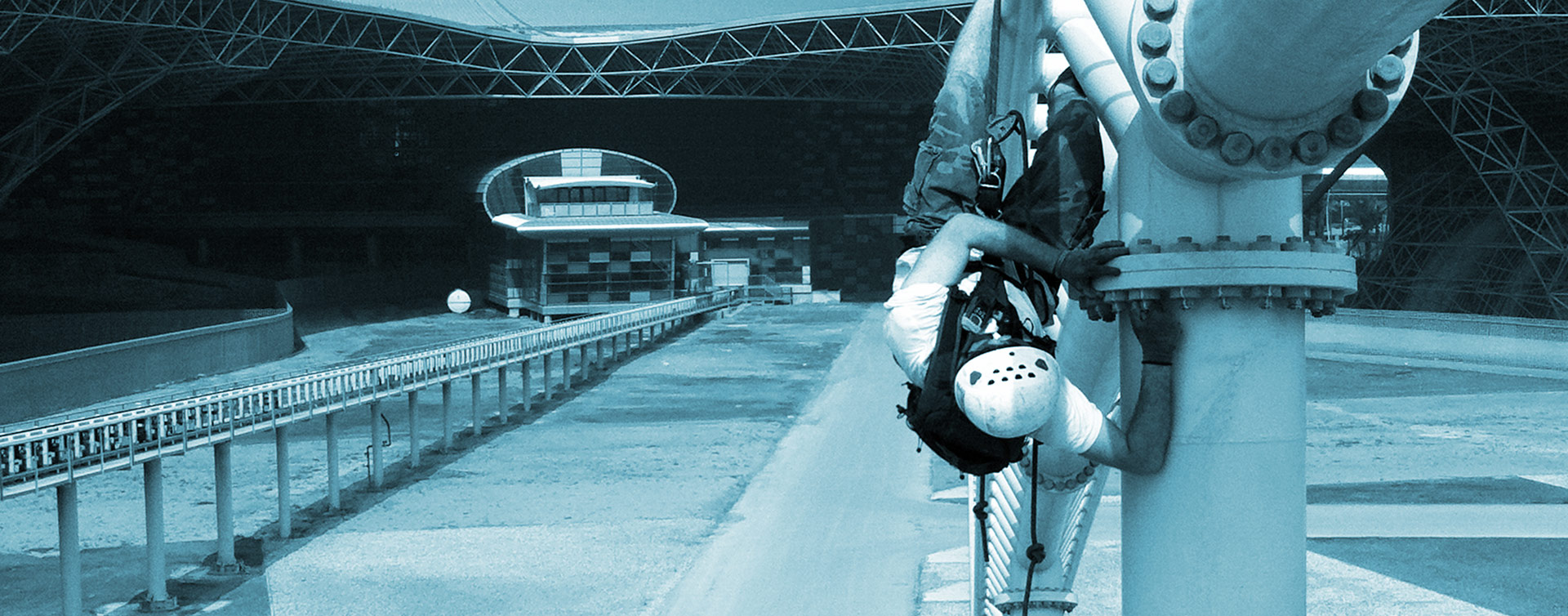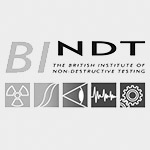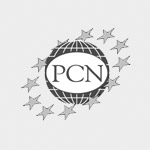
Inspection
Line Ryder provides a comprehensive range of inspection and non-destructive testing services at height:
- Safety Surveys.
- Structural Inspections.
- Dimensional Surveys.
- Photographic and Video Surveys
- Concrete Inspection and repair.
- Paint Inspection.
- NDT.

What is NDT?
Non-Destructive Testing is concerned with methods of detecting flaws in materials. The specific NDT branch that Line Ryder delivers is the detection and monitoring of in-service fatigue cracks in ferritic materials. As all structures are subject to forces, often in opposition, over time the stress of pulling and compression, impact or corrosion can develop into detrimental flaws that impede the safe operation or lifespan of a structure.
For this reason most structures at some point will require some form of inspection. The essential feature of NDT is that the test processes themselves produce no detrimental effects to the material or structure under test. As structural geometries and materials vary so must the method of inspection.
Line Ryder provides the following range of NDT methods, with our inspectors holding as a minimum BINDT PCN level 2 in each discipline.
Visual Inspection
Extensive photographic records are made to support findings.
Eddy Current Inspection
By inducing magnetic fields in a material and monitoring their behaviour, this method is used for crack detection in welds without the need to remove paint coating.
Ultrasonic Inspection
Employs high-frequency mechanical vibration energy to detect and locate structural defects and to measure thickness of a variety of materials.
Magnetic Particle Inspection
Finely divided magnetic particles, applied to a magnetized structural part, are attracted to and outline the pattern of any magnetic-leakage fields created by discontinuities.




